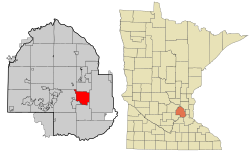700MHz: Early Weekend
Posted by samc on January 25th, 2008The FCC’s 700 MHz auction is off for an early weekend break after four rounds of bidding. It has netted more than $3.7 billion — not bad for two days work.
The auction postponed a fifth round of bidding until Monday, reports RCR News. So far the auction has gathered bids for 921 licenses with some 178 licenses yet to receive a bid.
The eight C-Block licenses covering the 50 states continued to attract the highest bidding. One new bid in round four pushed the price to nearly $1.8 billion. A minimum of $4.6 billion is necessary to trigger the open-access provision for the C Block. Some observers believe Google will meet that minimum.
For a third straight round, the controversial national commercial-public safety D-Block license did not receive any interest and continues to have a potential winning bid of $472 million posted during the opening round of bidding. The FCC has set a $1.3 billion reserve price on that license.
A total of 62 MHz will be auctioned; 30 Mhz in the Lower 700MHz band, 32 Mhz in the Upper 700MHz band.
The FCC, using AWS bidding figures, says the auction could generate some $10-$15 billion for the treasury, but actual bids could — in theory — go much higher since 700 MHz requires only about one third the number of cell towers for similar coverage.
RCR News and Blog Runner have the latest.
source : dailywireless.org
























































